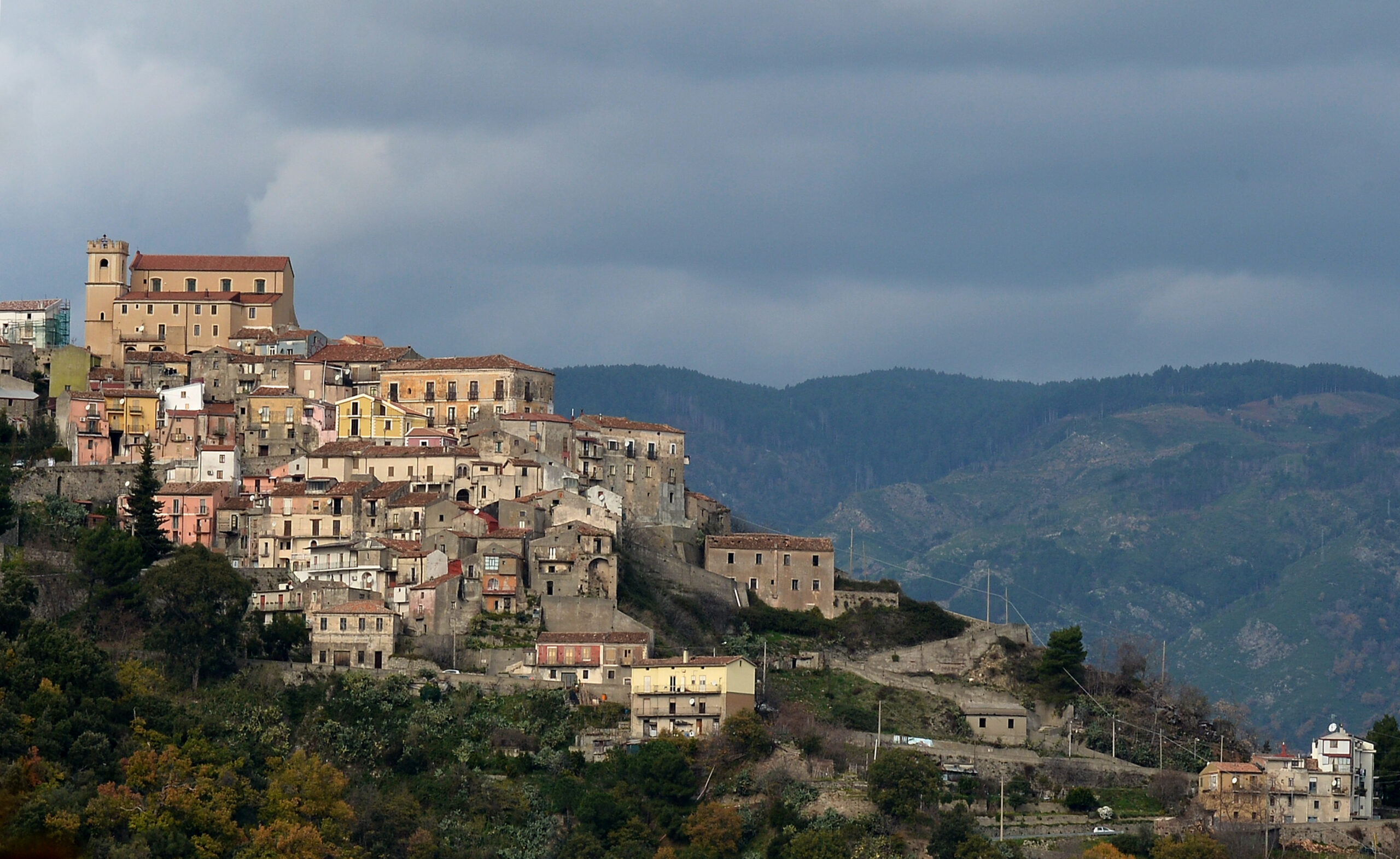Reviving abandoned hamlets in post-virus Italy
Sellia in southern Italy’s Calabria region is among the country’s 5,800 villages with fewer than 5,000 inhabitants (TIZIANA FABI)
Rome (AFP) – Italian architects are urging policymakers to reduce the risk of future pandemics by encouraging people to leave cities and repopulate abandoned villages in the mountains and countryside.
Simply returning to life as it was before the new coronavirus ravaged northern Italy and forced a nationwide lockdown would be foolish, said architect Stefano Boeri, who is known for his ecologically friendly skyscrapers in Milan.
“Normality is one of the causes of this disaster,” said Boeri, whose tree-covered, high-rise apartment blocks dominate the skyline in the capital of the Lombardy region, the centre of an outbreak that has officially killed more than 29,000 people in Italy.
“It’s time to take courageous and pragmatic decisions,” he told reporters.
Boeri has joined up with other architects, sociologists, anthropologists and town planners to draw up suggestions for how the emergency can be used to change the way people live and prevent cities from becoming “contamination bombs”.
Massimiliano Fuksas, one of Europe’s most renowned architects, said he predicted a sharp jump in people leaving the cities for the countryside as the lockdown gradually lifts, just as happened in Italy in the 1970s.
“Young people fled cities beset by terrorism, the economic crisis and drugs. It’ll happen again,” he said in an interview with the Repubblica daily.
“Scientists say the virus is weaker in the countryside, not just because there are fewer social contacts but because the wind blows, there’s less metal and plastic, and if you’re close to the sea the air is full of iodine,” added Fuksas, who is behind the Zenith music hall in Strasbourg and Milan Exhibition Centre.
– ‘Adopting’ hamlets –
Italy has 5,800 villages with fewer than 5,000 inhabitants each. More than 2,300 of those villages are virtually abandoned, according to Boeri.
From the mountaintop hamlet of Ligosullo in northern Italy to the medieval village of Casalvecchio Siculo in the Sicilian south, numerous already-small territories have shrunk by over half in the last 50 years, official figures show.
The government could “adopt” them and lure new residents there — thus relieving pressure on cities — by providing tax incentives as well as improving transport links and installing broadband to allow working from home, Boeri suggested.
As things stand, social distancing measures enforced in Italy and other countries across the world have dramatically cut the number of people who can use public transport systems in cities or work in office spaces.
Italy’s culture ministry is mulling the idea of subsidising holidays to help the tourism industry recover once the lockdown ends, and hopes to prevent overcrowded beaches by persuading some Italians to visit historic hamlets instead.
Marco Bussone, head of UNCEM, a national union of mountain towns and communities, said it would not be as easy as persuading Italians to holiday in hamlets in the hopes they might decide to stay.
Attracting people for the long term would require climate change risk prevention in mountainous or flood-risk areas, better education or childcare resources, and installing the internet.
Some hamlets have no local shops or schools, and a lack of digital infrastructure means people in around 1,200 villages have difficulties making phone calls, sending messages or even watching television, he said.
Disclaimer: Validity of the above story is for 7 Days from original date of publishing. Source: AFP.


